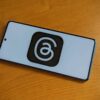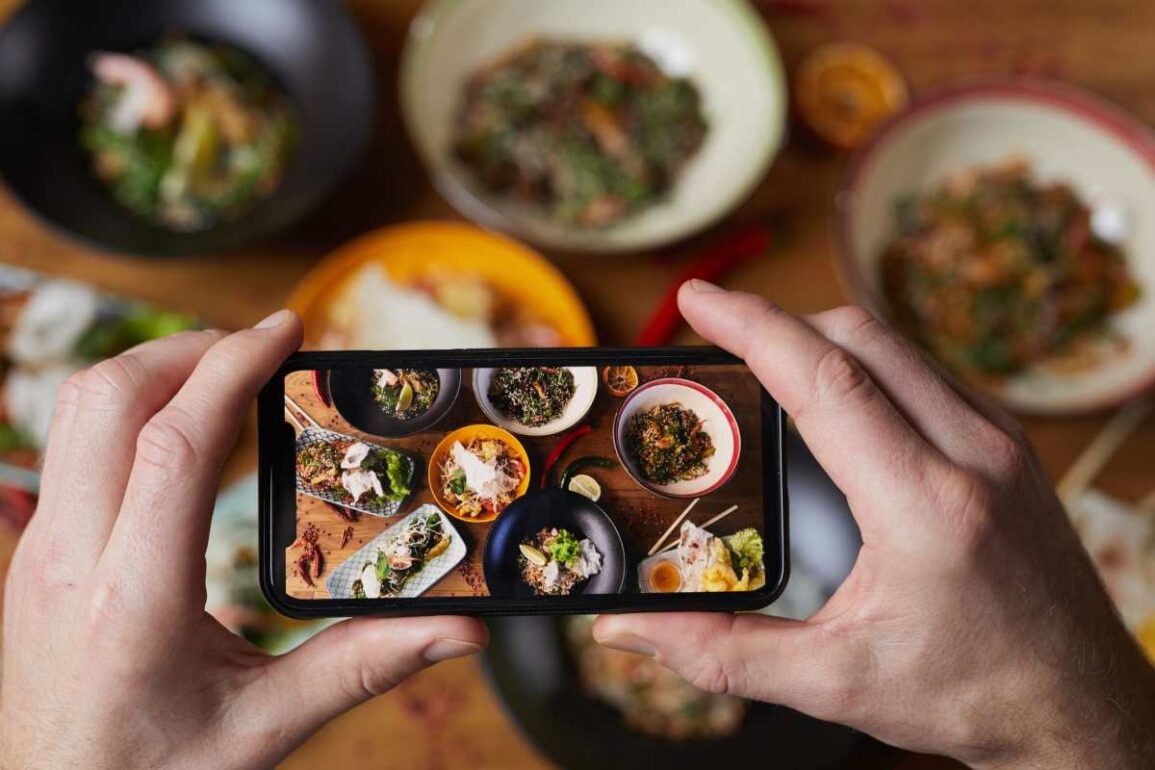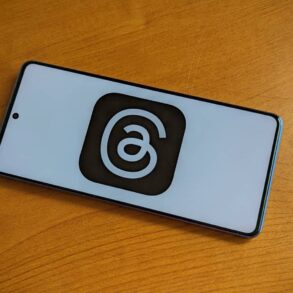The restaurant decided to introduce limits on the distance from which people can place online orders to prevent such fiascos.
As social distancing became essential during the pandemic, contactless payments and QR code menus became a norm at restaurants. While these technologies were meant to ensure safety, they too come with their own set of risks. A woman found out about this the hard way when an image from a restaurant posted on social media left her with a staggering $60,000 bill. Turns out she accidentally included a QR code in the picture, which triggered a flood of orders for her table, which caused her bill to skyrocket.
The Flipside of Sharing Your Joy on Social Media
The woman, known by her last name Wang, shared her story with the local news outlet, The Paper. She said that she only wanted to post photos of the scrumptious dishes from a hotpot at the restaurant that she visited.
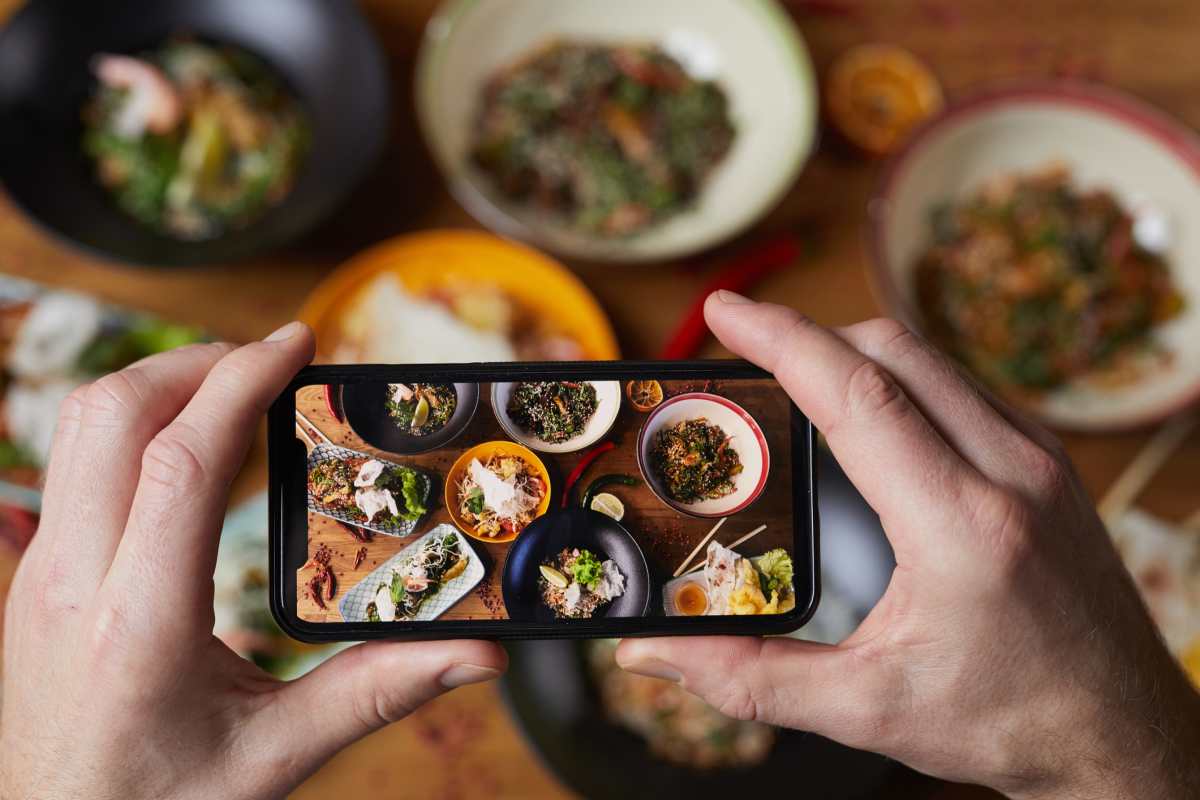
However, she snapped a QR code used for placing orders for the table, alongside her food. Wang posted the photos under restricted viewing on the Chinese social media app, WeChat, according to China Daily. This means they could only be seen by her contacts on the messenger.
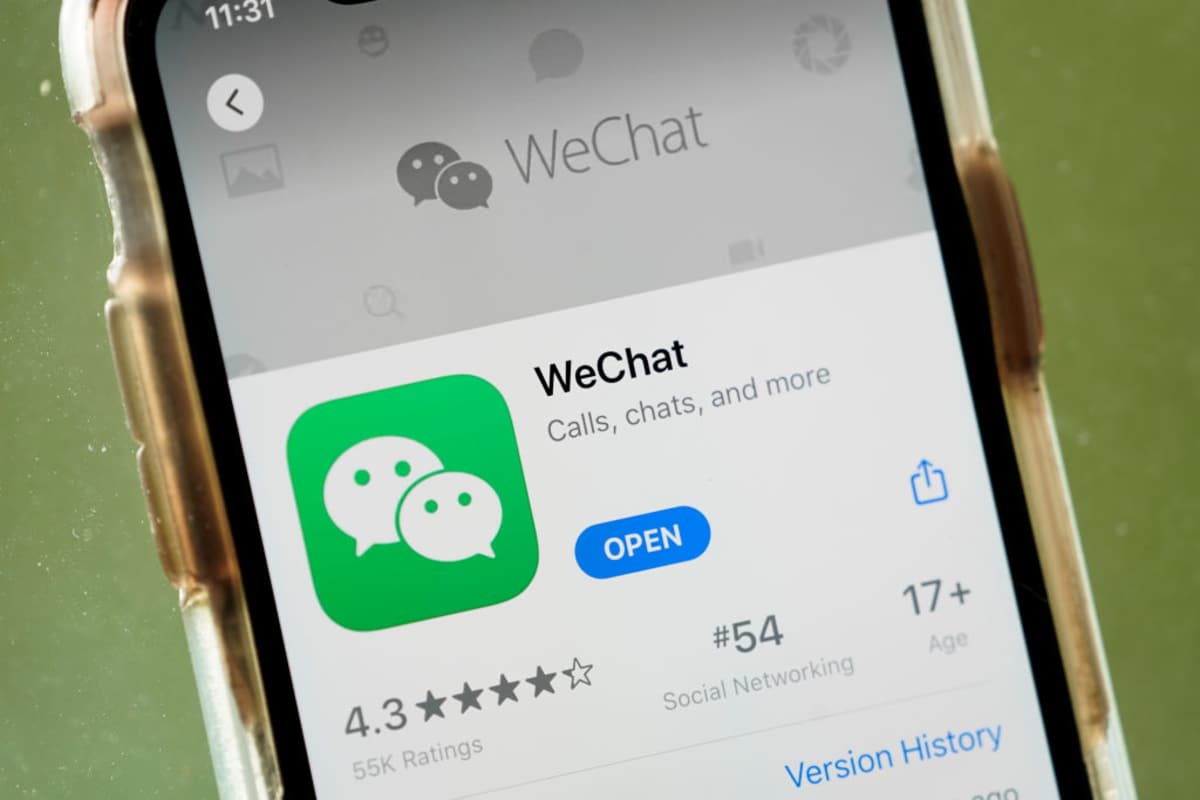
However, some people from her long viewing list spotted the code and began scanning it to place a barrage of orders.
What did the Order Include?
Even though Wang deleted her post immediately after realizing what had happened, people kept placing new orders for her table. She said that someone must have downloaded the photo to order more food. As seen in the screenshot shared by the South China Morning Post, people ordered about 1,850 portions of fresh duck blood, 2,580 portions of squid, and 9,990 portions of shrimp paste.

The report suggested that each of the items cost a few dozen yuan and in the end, Wang was presented with a bill of 430,000 yuan or $60,310.
Going Bankrupt at a Restaurant
While the bill was enough to plunge Wang into bankruptcy, the restaurant decided not to charge the amount and ignored all the spam orders. Wang was then moved to a new table, but it didn’t stop people from placing more orders. As per reports, the restaurant had no means of tracking who was placing the order to make them stop.
In response to the incident, the restaurant made changes to its ordering system. A limit was placed on the distance from which people could place orders using QR codes, to prevent such fiascos. A lawyer based in Sichuan Province, Lin Xiaoming, told the local news that ordering platforms could improve their services by placing safeguards that prevent such incidents.
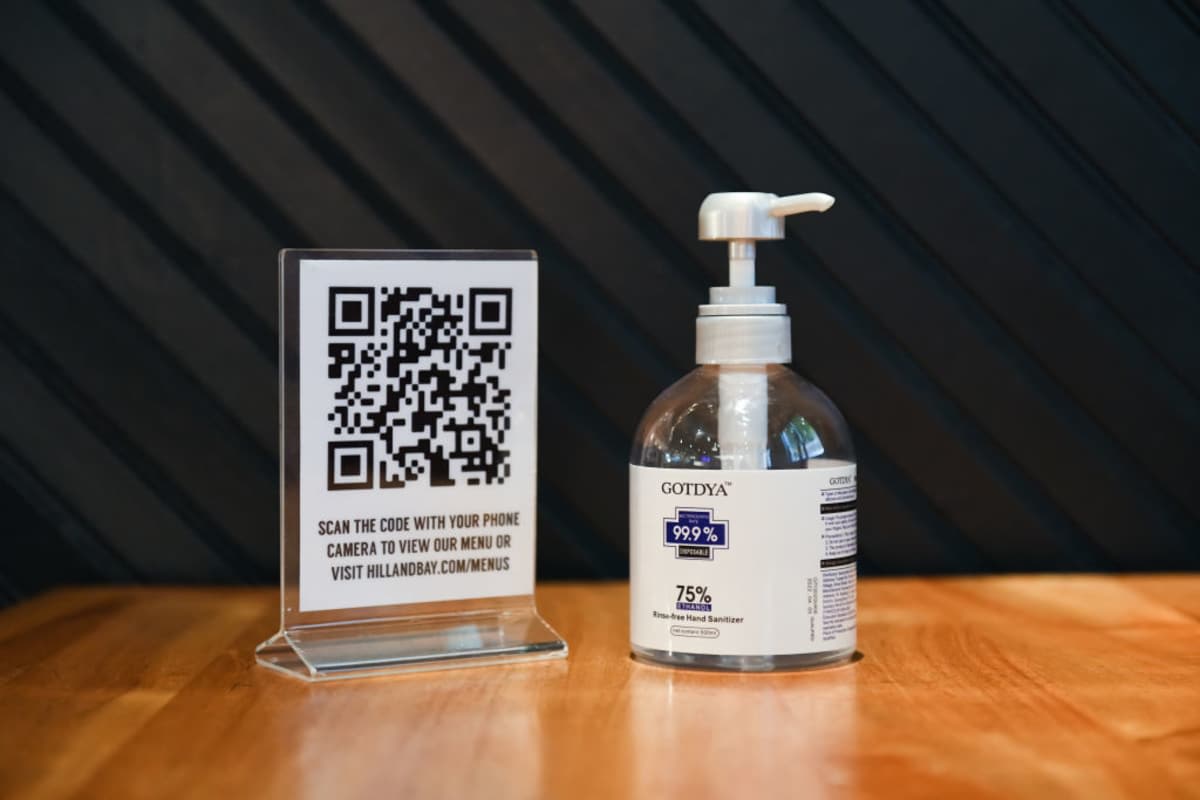
His suggestions included introducing a pre-payment for customers before placing orders and imposing penalties, such as credit score deductions, for those who place fake orders. In America, customers have been asking restaurants to remove QR menus and bring back the traditional ones in the post-pandemic era.
According to a report from The Wall Street Journal, back in the Covid era, contactless menus helped people stay safe and encouraged them to dine out after the lockdown ended. However, according to a survey conducted by Technomic earlier this year, this was no longer the case. Even in 2022, 88% of diners surveyed, preferred paper menus over QR codes at restaurants.



